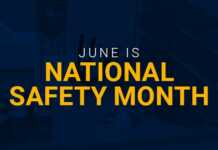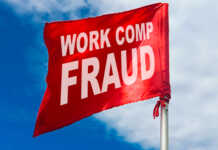As the pandemic continues, employers have been deluged with information on how to maintain a safe work environment. It’s difficult and confusing to sort through a large volume of information and be able to translate this into actionable strategies.
Commercial ventilation, or industrial ventilation, has been a focus area throughout COVID-19. Industrial ventilation is often lesser known and understood, because in my experience, the majority of employers aren’t normally involved with their ventilation systems, be it in office or production. Service and maintenance are typically provided by a landlord or outside contractor. System design specifications and maintenance protocols may or may not be available.
We’ve heard we need to increase ventilation in offices and workspaces, but what does this actually mean? The American Conference of Governmental Industrial Hygienists (ACGIH) developed a fact sheet and a white paper on industrial ventilation that provides great background and reference material but contains unfamiliar terminology and content for the majority of employers. I’ve created a handy list that captures nine key suggested ventilation measures to help reduce the risk of COVID-19 exposure in your workplace. Be sure to reach out to your worker’s comp risk manager with your questions.
Reduce COVID-19 exposure with these steps
- Increase outdoor air supply as much as possible. 100% is recommended if and where feasible.
- Maintain 6-12 air changes per hour (ACH). This helps purge at least 99% of air within an hour.
- Increase filter efficiency to MERV 13, or as high as feasible with your system.
- Provide additional ventilation. Ideally this would be at floor level and low velocity. Aim the additional flow toward the exhaust ventilation when possible.
- Run ventilation continuously after the building is empty (end of/beginning of the day) to allow at least several complete air changes (two hours approximately).
- Restroom fans should remain on and exhaust directly outdoors. Disable hand dryers and bring back paper towels.
- Let exhaust systems like local exhaust (LEV) run continuously. Do the same with laboratory hoods and also leave the sash up.
- Keep general airflow direction flowing from clean to less clean, and place workers in the clean flow. Avoid personal or pedestal fans blowing cross-person exposures.
- As more airflow is brought into the building, try to keep velocity low or baffle the flow at the point of entry to eliminate high-velocity currents.
There can also be value in considering positive or negative room or building pressurization. This type of control needs the help of an expert and is targeted toward a specific application (such as in hospitals or on job sites, such as asbestos work).
Any or all of the 9 mitigations listed above can help supplement your existing COVID-19 control efforts.

















